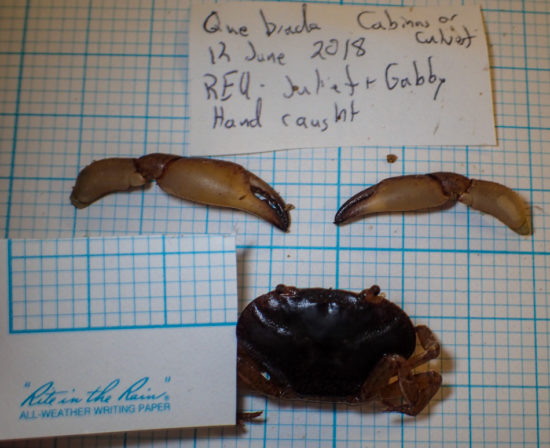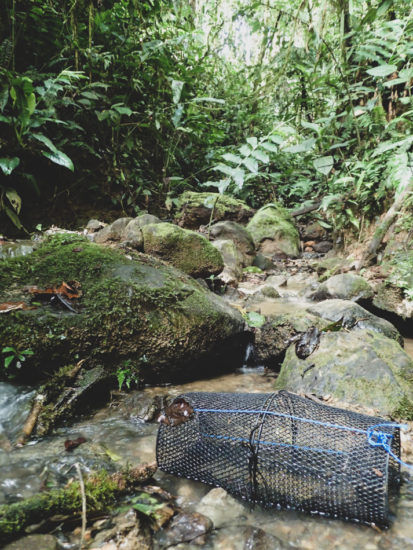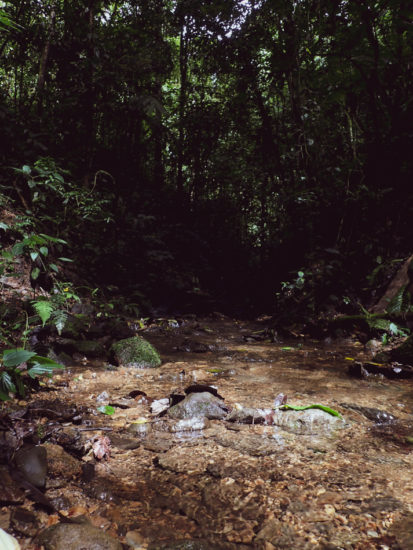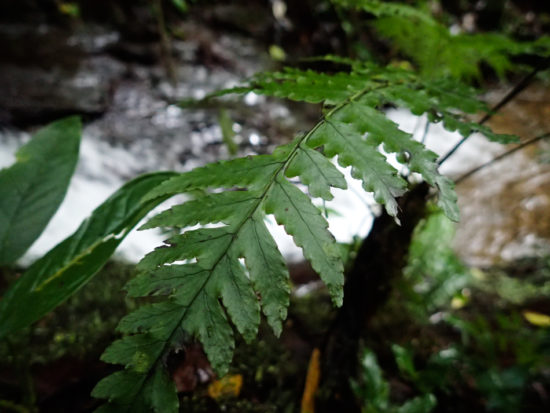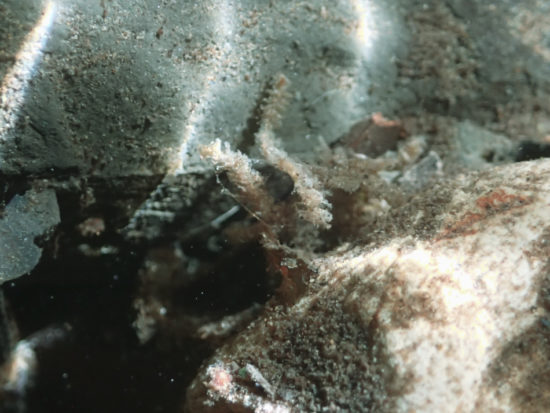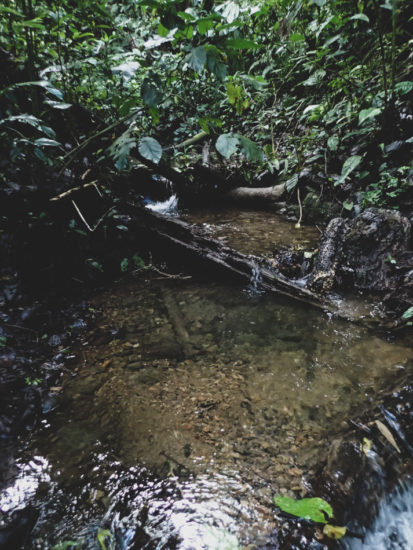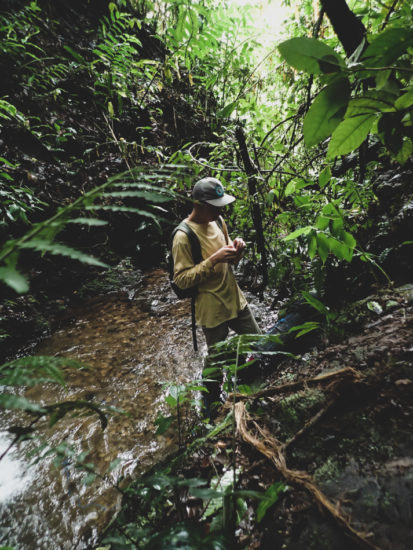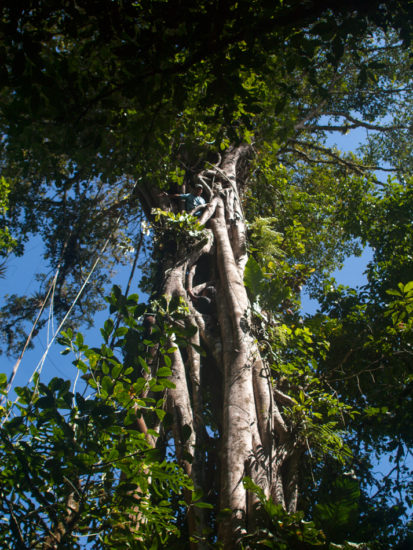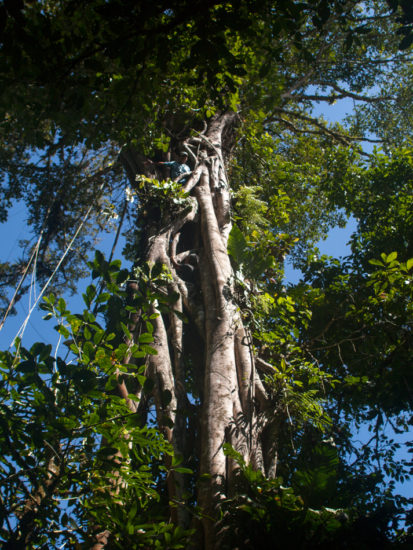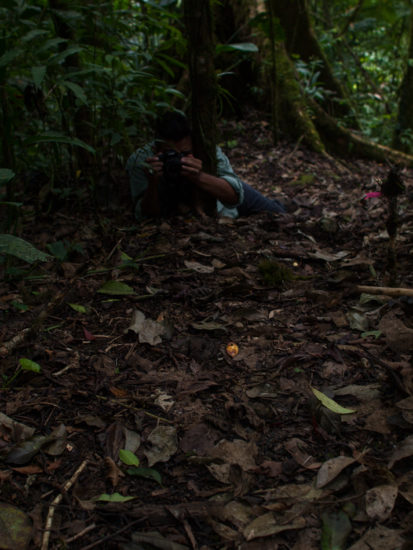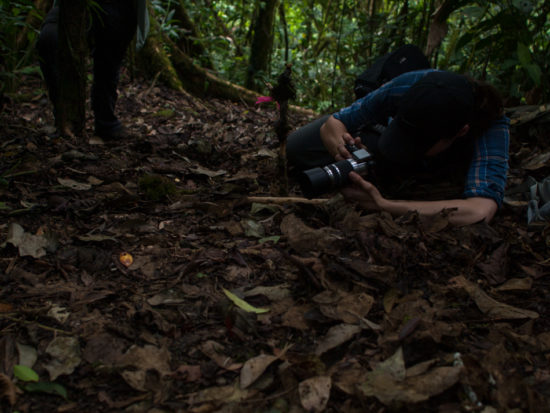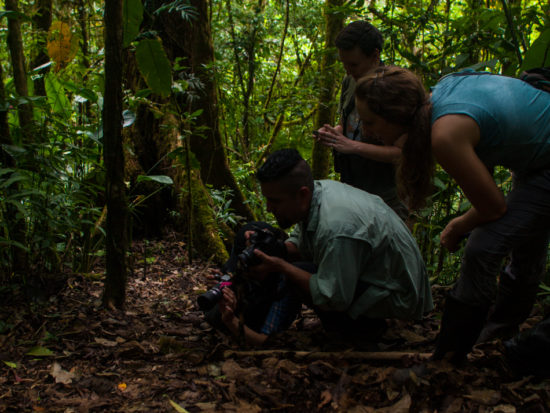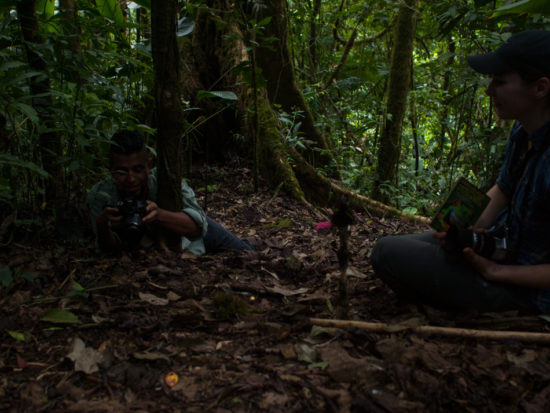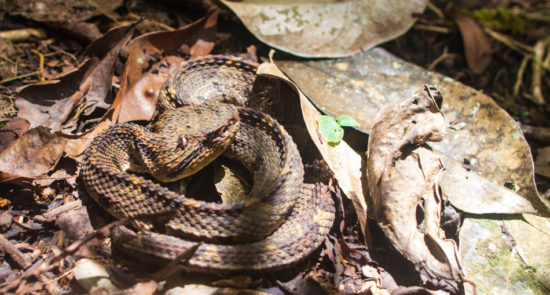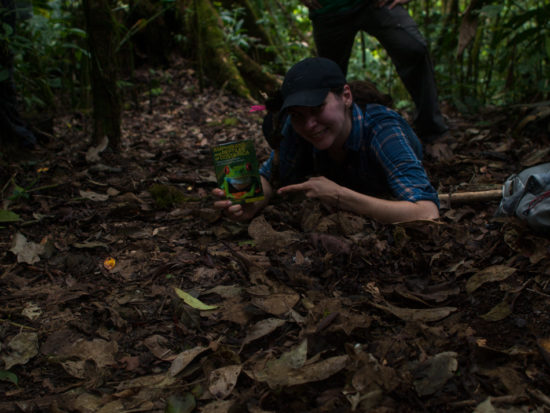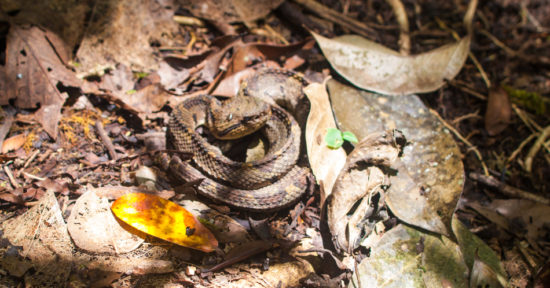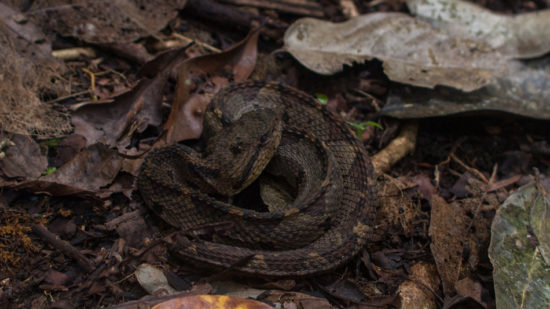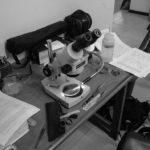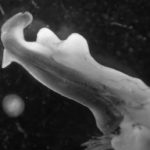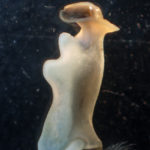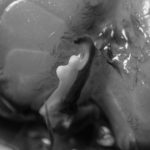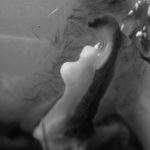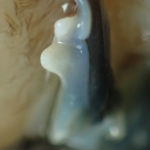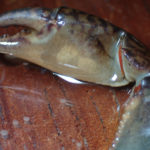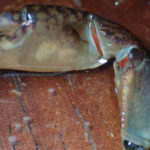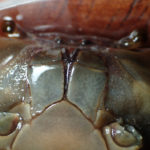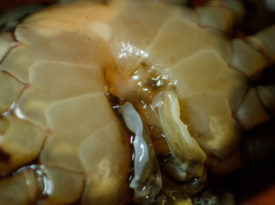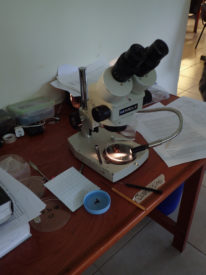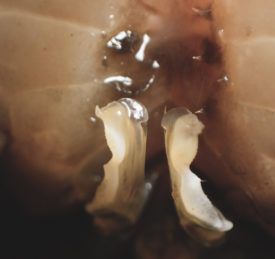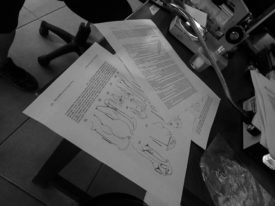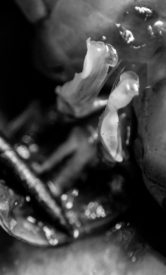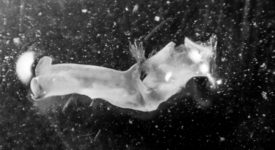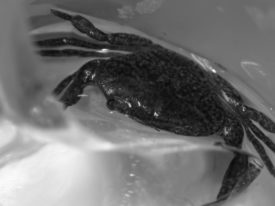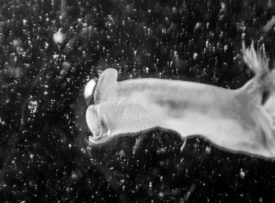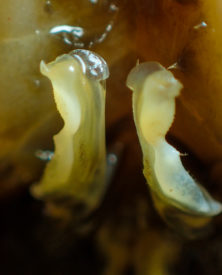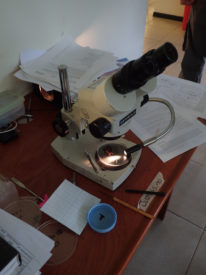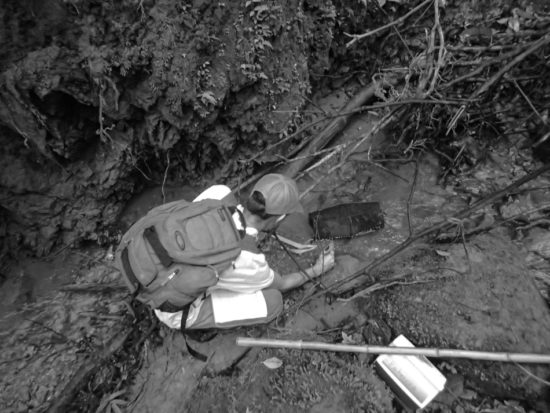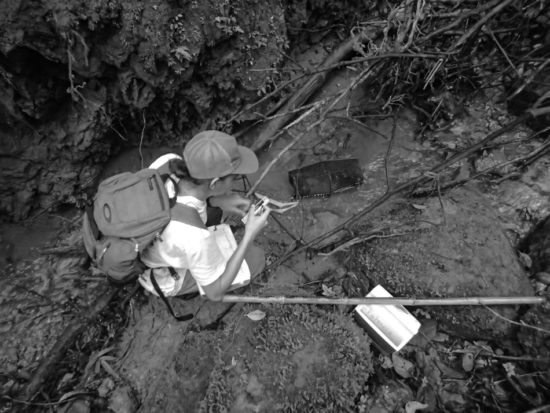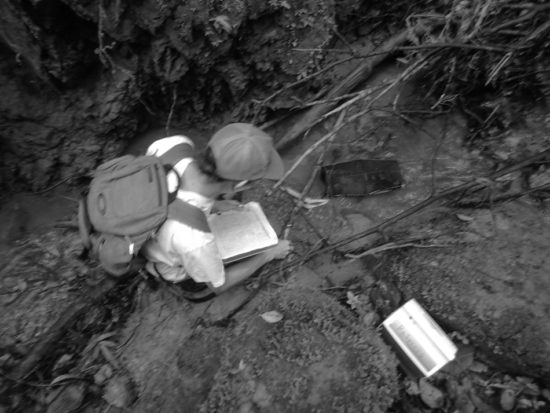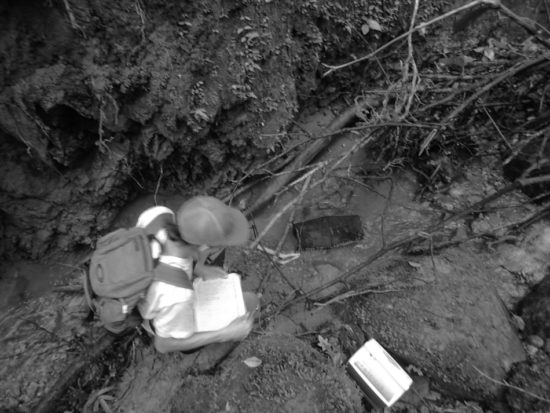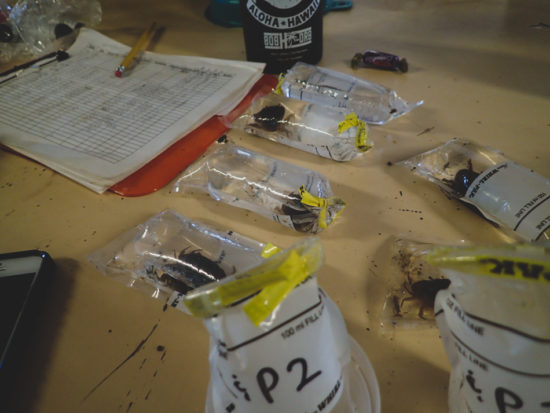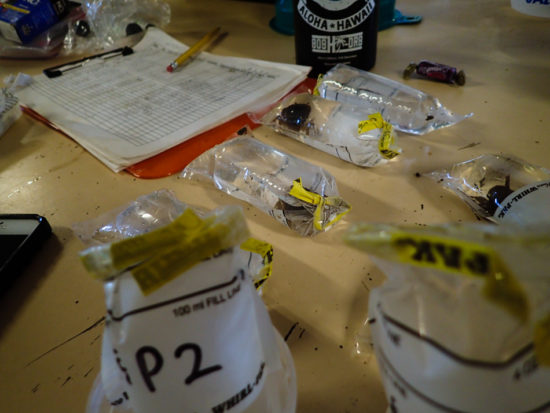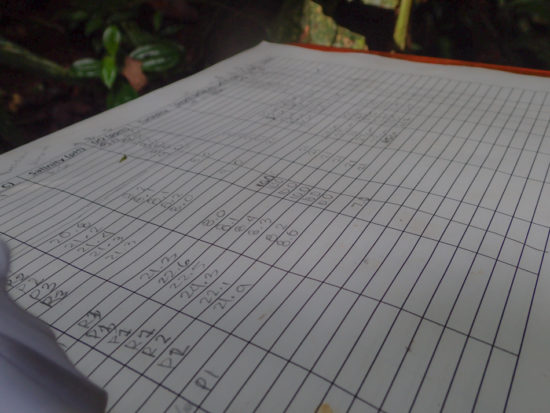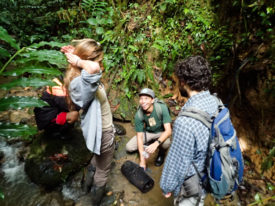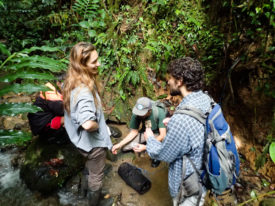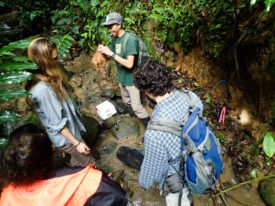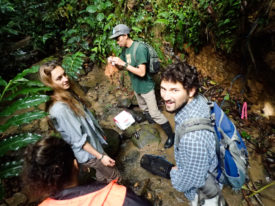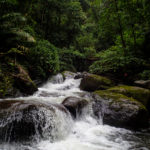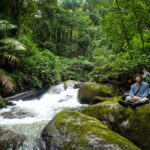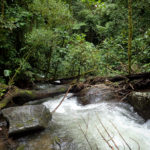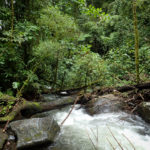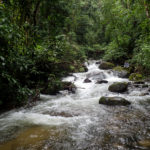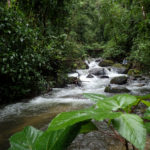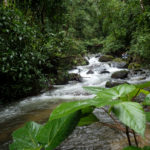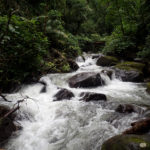Located in Monterey Square (not Pulaski Square, which is a little southwest) commemorates Casimir Pulaski, a Polish immigrant who lead, fought, and died in the American Revolutionary War. It also likely contains the remains of Pulaski, which, according to the infallible Wikipedia, suggest that he may have been intersex.
Tag Archives: People
An Enduring Warrior
I don’t know #97 (James Cheney from the registration lookup), but he added a layer of pain to the half-marathon version of the Best Damn Race-Savannah to promote Operation Enduring Warrior. Well done, Cheney!
The Best Damn Race
Nicole ran, and achieved a PR, in a half-marathon yesterday, while Amos and I drank coffee and watched.
Murph
Murph is a yellow-bellied slider (Trachemys
Barzini and Monstrego are two other pet turtles of the same species but a different sub-species: Trachemys scripta elegans. Both escaped in the Summer of 2015, but I recovered Barzini about a year and a half later.
Here, Nicole and I pose for Murph’s release.





Banana for scale.
Quebrada Cerro
One of my favorite streams within the Las Cruces preserve is Quebrada Cerro, which drains nearly exclusively primary forest. The water is clear and filled with tadpoles and belostomatids, but surprisingly few crabs, to Kainalu’s disappointment.
This summer, I found a tile hot glued to a PVC pipe within the stream—a remnant of a 2015 primary productivity study one of Frank Camacho’s students was performing that was washed out in most sites.
Jerry climbs a strangler fig
2015 NAPIRE… spot Jerry.
Jumping Pit Viper
In 2015, on the last hike of the summer, we came across a jumping pit viper (Atropoides nummifer) and brazenly (or foolishly) photographed, labeled, and finally removed it from the Gamboa trail.
The crabs of Las Cruces
To some degree, I have been working with crabs at Las Cruces since 2013, and I have identified only a handful of males using various keys (the latest by Magalhaus et al 2015). This year, I aimed to identify all the crabs we caught and studied if we could, so Gabby, Juliet and I sat down to identify two males, randomly chosen from a set we had discovered trematode metacercariae in, using the key.
As we slowly moved through the key towards Allacanthos pittieri which I had previously identifed in other summers and a few days earlier as a brush up, Gabby expressed some skepticism and challenged my guidance through the key. I dismissed her concerns to some degree (and I hope she’ll forgive me) as we worked through defining the terms in the first couplet, but eventually had a look at her crab’s gonapods (the structures used to transfer sperm in decapods and commonly used to identify them to species). I immediately and excitedly knew she had something else.
The three of us spent the rest of the day keying the new crab and confirming the identity of the other, and it was glorious. There is nothing cooler than working with engaged, enthusiastic, and smart students… especially on something as cool as a second crab species!
While I think we stumbled on a couplet (11) and eventually mis-identified the crab as Ptychophallus montanus, I think we’re confident that the other species of crab is P. paraxanthusi. At this point, we’re working on markers of the crab that don’t involve microscopy and allow us to identify the females.
A preliminary summary of crab projects
There are three students in this year’s LSAMP-OTS REU working with freshwater, pseudothelphusid crabs: Kainalu (Patricia’s student), Gabby, and Juliet.
Kainalu’s focus: population structure and habitat preferences of the crabs. He’s been using minnow traps to collect crabs from riffles and pools of several streams so far, including Río Java, Quebrada Culvert, and Quebrada Culebra.
Juliet and Gabby, my students, have related questions, so we’ve been keeping the crabs Kainalu has collected and bringing them into the lab.
Juliet is documenting the presence and prevalence of trematode worms (Paragonimus sp.) parasitizing the crabs. There are two known species of trematode to occur in Costa Rican freshwater crabs—P. mexicanus, which can cause paragonimiasis in humans, and P. caliensis (Hernández-Chea et al 2017). While various crab host species have been identified in Costa Rica, including those in genus Ptychophallus and Allacanthos, there doesn’t appear to be good literature identifying the specific species at Las Cruces as hosts—Ptychophallus paraxanthusi and Allacanthos pittieri.
We’ve already found some metacercariae in the hepatopancreas of both crab species here already, and Juliet’s exploring how stream characteristics, carapace length, and sex may impact the parasitization, so she has worked with Kainalu on most field collections.
As Juliet and Kainalu bring in crabs, Gabby has been sorting, helping to measure them, and caring for them in individual containers as she prepares assessing sex-dependent, and claw-dependent agonistic behaviors. While agonistic behaviors are well documented in decapods, these behaviors are often species-specific, and there doesn’t seem to be much literature on Pseudothelphusid behavior. One of the other cool ideas she’s exploring—how does handedness affect behavioral outcomes? These crabs, along with many others, have asymmetrical chelae (claws) and some new research (according to Patricia) suggest different outcomes for bouts when the asymmetry is matched (both crabs have their right chelae larger than the other) versus when the asymmetry differs between crabs (one crab has the right chelae larger, the other has the left).
